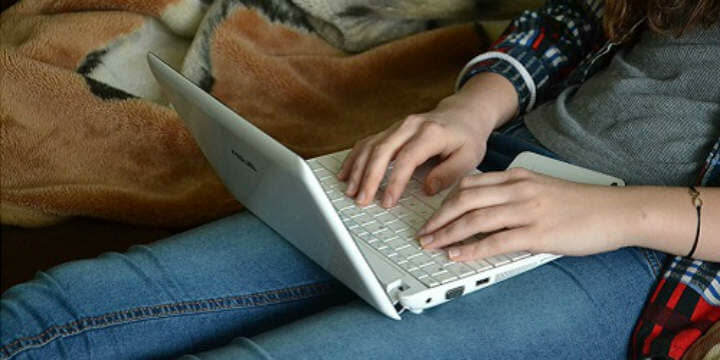
The touch screen of your mobile is not responding, it works badly and you think it may have been broken? A good way to rule out a hardware failure is through recalibrate screen, in the same way that we calibrate the rest of the sensors in Android. This can help us to solve problems such as an inaccurate GPS and with errors, but also to repair failures in the touch screen when it does not detect the keystrokes correctly or performs phantom touches. Let's go there!
Is it really necessary to calibrate a touch screen?
The hardware we use in our Android mobile devices and tablets has come a long way in recent years, and modern displays rarely require a recalibration process. When a touch screen fails, it is usually due to a hardware error that we cannot solve through any test or configuration.
That said, we should not rule out recalibration either as it is still a highly recommended and useful process for certain situations. For example, if we use a phone case or carry some kind of screen protector, calibrate screen sensitivity it will dramatically improve your performance.
It can also come in handy on old Android devices, where a good readjustment of the touch panel can have a more than positive impact. In short, recalibrating the screen will always be good, although in those mobiles with more years behind them, the improvement will always be much more noticeable.
First of all, do a screen test
It is important that we check the functionality of the touch panel before we get to recalibrate anything. This will help us to have a clear idea of the situation in which we find ourselves.
- Android 5.0 Lollipop and earlier: If we have an old Android version, we can access the native tool for testing the touch screen by dialing the secret code *#*#2664#*#* from the phone.
- Higher Android versions: If we have an Android with operating system 6.0 or higher, we just need to install one of the many screen testing apps that we can find in the Google Play Store, such as, Touch Screen Test.

The operation of the Touch Screen Test is very simple. Once installed and opened, we are shown a blue screen where we must touch, press and drag with the finger. The screen will mark in white –with gray scale to denote the pressure applied- the areas that we are touching, which allows us to see if there is any delay or ghost touches appear in certain places.
How to calibrate the touch screen on Android
As we mentioned in the previous point, Android versions 5.0 and earlier already have a testing and calibration tool integrated into the operating system. However, if we have a "modern" mobile, we have no choice but to install a dedicated app that will do the dirty work. For this we can use a free application such as Touchscreen Calibration, a highly rated tool with over 1 million downloads.

 Download QR-Code Touchscreen Calibration Developer: RedPi Apps Price: Free
Download QR-Code Touchscreen Calibration Developer: RedPi Apps Price: Free Once installed, we open the app and click on the blue button that says "Calibrate”. In this way, we will carry out various tests in the gray drawer that appears on the screen: touches, double touches, dragging, zooming, etc. With each of the tests, the application will tell us the level of accuracy with which the actions are processed.

When we have finished performing the requested tests, a message will appear on the screen indicating that the recalibration has been successful and that we must restart the device for the changes to take effect. We restart the terminal, and that's it!

Then, we can check if the readjustment of the sensors has been a success by returning to perform a screen test.
None of this works? Try a factory reset
If the recalibration has not solved our ballot, it is possible that we are faced with a physical failure of the screen itself. There isn't much we can do here other than take it to the store or call for service. However, it is always advisable to exhaust all the bullets in the chamber and for that we must completely rule out that we are facing a software error.
The only way to do it in this situation is to restore the phone or tablet to its factory settings. That is, for doing a total erasure of all data. You can see how to do it in the post "How to do a factory reset on Android".
Of course, before doing so remember to make a backup copy of all your files, documents, contacts and relevant information that you want to keep.
You have Telegram installed? Receive the best post of each day on our channel. Or if you prefer, find out everything from our Facebook page.
